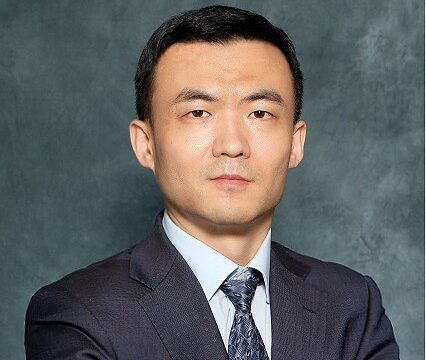
BNP Paribas Asset Management’s Wei Li favours China equities after the central government announced easing measures, although he cautioned that the current global economy was still in a state of flux, which meant his views were not settled on a given topic.
“When the facts change, our view changes,” said Li, multi-asset quant solutions portfolio manager at BNP Paribas Asset Management.
“If you talked to asset managers a few weeks ago, they were very pessimistic about China. If you talk to them today, probably most of them have changed their mind already because the Chinese government released a policy statement that was quite positive.”
“From a detailed policy perspective, it didn’t give anything new but the market was up 4.1% in one day.”
Li was referring to the statement on July 24 from China’s Politburo that they would “implement precise and effective macroeconomic regulation, strengthen countercyclical regulation and policy reserves”.
The vague-sounding declaration was enough to lift the Hang Seng Index by 4.1% the following day (although it has since pared back some of its gains this week after news that China had dipped into deflation for the first time in more than two years) as market watchers had been waiting with bated breath for any sign that the government would take measures to shore up its stuttering economy.
Underscoring the popularity of China at the moment is the fact that eight out of the top 10 funds for July were from China, led by Matthews Asia, according to FE fundinfo data, with the index up 7% overall.
This represents a sharp reversal in sentiment towards China with a number of asset managers having downgraded their outlook on the country earlier this year.
There has also been a proliferation of asset managers launching emerging markets ex-China strategies in the past few years, such has been its underperformance lately.
In contrast, Li is more pessimistic on US equities. Fuelled by an AI boom, the price-to-earnings ratio for the S&P 500 has risen to 20.27x at the end of July.
While that is still well below the P/E ratio at the time of the dotcom boom or in the build-up to the global financial crisis, Li said there were other contrary indicators that made him bearish on US equities.
He pointed to the equity risk premium, which measures the spread of returns of US stocks over long-term government bonds, as one example, which by some measures is at its lowest level since the 2008 crisis.
Some of these indicators have prompted asset managers to reconsider European equities lately, which currently trade at larger than normal discounts to US equities.
In a research note in June, Goldman Sachs also pointed out that this discount could not just be explained by the rally in tech stocks given that every sector in Europe is currently trading at a discount to its peer sector in the US.
Further, the bank noted that the preponderance of tech companies in the US meant that they would likely face further headwinds with interest rates now rising.
Despite this backdrop, Li said that he was currently cautious about European equities as more attractive valuations were offset by a weaker growth outlook, particularly in the UK.
“There potentially could still be good opportunities to invest but we need to see the growth number. We need to see that the fundamental numbers can support the growth of the equity market,” he said.
Regarding fixed income, Li describes it as a “straightforward call” and his views are very much in line with market consensus in favouring investment grade credit.
“The yield curve is highly likely to go down. When the yield curve goes down, fixed income, including IG, will go up. That’s the fundamental reason. That’s why investment in fixed income is quite a straightforward call. Just buy the high quality, highly rated fixed income,” he said.

















